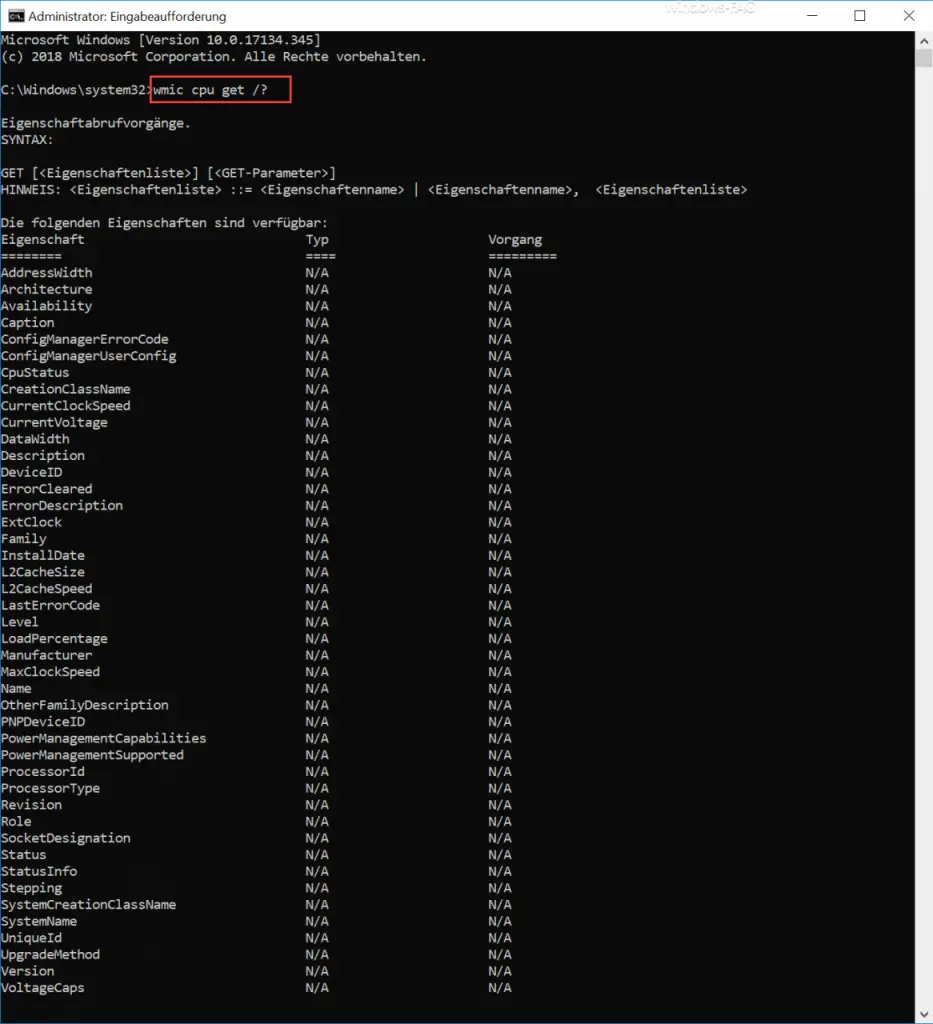

Operands that are variables are always associated with a transposition routine. They include vaddr, systemname, cylno, nnnnnn, and p1.p32. Operands that are constants do not have transposition routines.They include CLear, NOCLear, STOP, ATTN, and PARM. In command model terminology, these parameters can occur 31 times. The parameters p2 through p32 are optional. When you specify PARM, you must also include at least one parameter (p1) following the keyword PARM. PARM is a keyword descriptor for p1, so that CA ACF2 for z/ VM does not confuse it with any other operand. Notice how the PARM operand relates to p1.For example, CLear and NOCLear are mutually exclusive. Some operands are mutually exclusive, meaning you can only use one of them.For example, if you IPL a vaddr, then NOCLear is the default. The first group includes cylno, nnnnnnnn, CLear, NOCLear, STOP, and ATTN. There are two groups of optional operands. When you IPL a vaddr, you can also specify one or more optional operands.While reviewing the IPL command syntax, notice: To illustrate some of these characteristics, review the standard syntax for the IPL command in the next figure. Operands are sometimes preceded by a keyword descriptor.Optional operands can appear in any order or in a specified order.Different privilege classes of users have different operands available to them.Most CP commands can have multiple formats.Take a look at some of the CP commands that are documented in the IBM CP Command Reference. Syntax Model Command Language › Characteristics of a Command Model


 0 kommentar(er)
0 kommentar(er)
